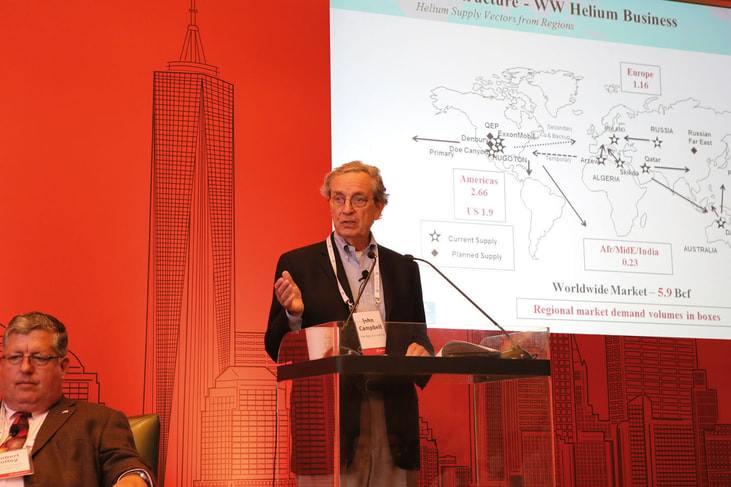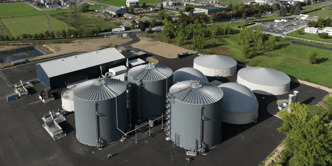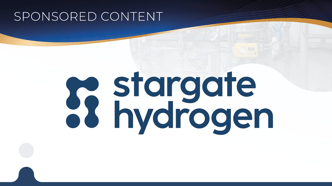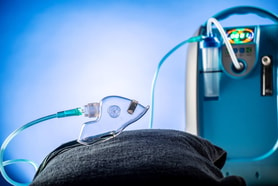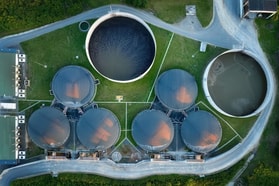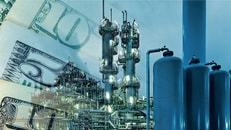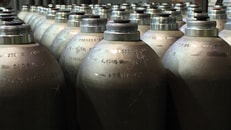Challenges of acquiring 70,000 tons of liquid argon… and delivering it deep underground for Fermilab’s LBNF project
Maura Garvey has included some information on US argon capacity and supply in her accompanying article ‘Steady growth for the air gases business’.
I reviewed the January 2019 issue of gasworld US and its excellent concentration on argon. It included a high-level review of the Deep Underground Neutrino Experiment (DUNE) involving Fermilab in Batavia, IL and its Long-Baseline Neutrino Facility (LBNF) project with facilities located at the Fermilab site and at the former Homestake Gold Mine in Lead, SD, now the site of the Sanford Underground Research Facility. The mine was started in the 1890s as the biggest in the world and later was converted to an advanced technology laboratory with its primary mission in support of particle physics.
The January 2019 article, ‘The magic of pure argon’, did an excellent job of highlighting the basics of the LBNF project. Having been involved since 2015 as the industrial gas and cryogenics systems adviser to the project’s Cryogenics Group, I’ve been asked by gasworld, to describe the project’s 70,000-ton liquid argon requirement and its supply from argon source to the downhole cryostats. The following will cover the challenges of acquiring 70,000 tons of liquid argon and delivering it from its sources to the above ground liquid argon storage facilities; then transporting it downhole to the project utilities cavern where the liquid argon will be injected into the first two cryostats, each containing 17,000+ tons of liquid argon. The challenges of filling the first two liquid argon cryostats are:
It’s been determined that liquid argon road tankers are preferable to supply the requirement to the Lead site (with rail possibly in backup). With normal tanker liquid argon payloads of 20 tons per trip, about 1,800 load-trips will be required. The average daily cryostat fill rate will be 50-60 tons requiring about 700 days to make those deliveries of the first 35,000 tons needed for the first two detector modules or two years including periodic downtime. Because of weather and other operating issues, the on-site and back-up LAR inventory will need to be at least four days of storage to handle peak delivery volumes and maintain a constant cryostat fill rate.
... to continue reading you must be subscribed

